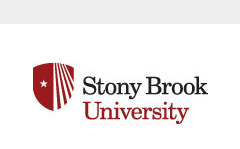Title
Biogas Potential on Long Island, New York: A Quantification Study
Document Type
Article
DOI
doi 10.1063/1.3614443
Publication Date
2011
Keywords
Biogas, quantification, regional, Long Island, potential, landfills, wastewater treatment plants, agriculture, solid waste
Abstract
Biogas is the product of anaerobic digestion of waste, whether occurring spontaneously in landfills or under controlled conditions in digesters. Biogas is viewed as an important energy source in current efforts to reduce the use of fossil fuels and dependency on imported resources. Several studies on the assessment of biogas potential have been made at regional, national, and global scales. However, because it is not economically feasible to transport biogas feedstock over long distances, it is more appropriate to consider local waste sources for their potential to produce biogas. An assessment of the biogas potential on Long Island (LI), based on the review of local landfills, wastewater treatment plants (WWTPs), solid waste generation and management, and agricultural waste found that 234 million cubic meters (m3) of methane (CH4) from biogas might be harvestable, although substantial barriers for complete exploitation exist. This number is equivalent to 2.52 TW-hrs of electricity, approximately 12% of fossil fuel power generation on Long Island. This work can serve as a template for other areas to rapidly create or approximate biogas potentials, especially for suburban U.S. locations that are not usually thought of as sources of renewable energy.
Recommended Citation
Patel, Saurabh; Tonjes, David; and Mahajan, Devinder, "Biogas Potential on Long Island, New York: A Quantification Study" (2011). Technology & Society Faculty Publications. 16.
https://commons.library.stonybrook.edu/techsoc-articles/16
